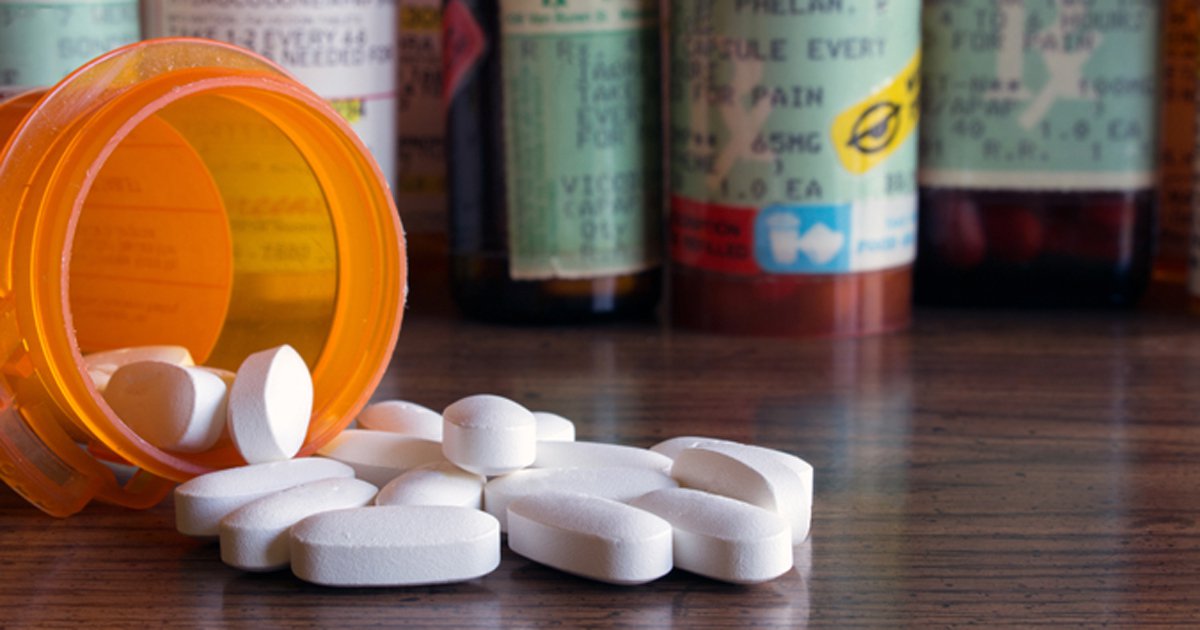US pharmaceutical supply chain unprepared for COVID-19
Click Here to Manage Email Alerts


In this guest editorial, Pinar Keskinocak, PhD, director of the Center for Health and Humanitarian Systems and a professor in the H. Milton Stewart School of Industrial and Systems Engineering at Georgia Institute of Technology, and Evren Ozkaya, PhD, founder and CEO of the management consulting and digital solutions firm Supply Chain Wizard, discuss how pandemics create chaos in global medical supply chains and ways to alleviate this burden.
Pandemics encumber the supply of medications needed to fight them and also the supply of other critical pharmaceuticals with potentially grave consequences for public health. Pandemics do this by disrupting global supply chains in general, and pharmaceutical supply chains are particularly vulnerable.
America’s medical supply chain is not prepared for this. But government and industry can help it cope if they react rapidly.
Before COVID-19, the FDA had already placed 145 pharmaceutical products on its drug shortages list. There were 98 currently in short supply plus 47 recently resolved shortages still monitored by the FDA. Such shortages are likely to grow rapidly as more patients drive up demand while economic damage decreases supply.

Pharma supply chain lead times are 4 to 6 months or longer, and their response to demand surges is slower than consumer product supply chains. One important reason for this is that the majority of pharma manufacturing is very labor-intensive and relies on highly skilled workers, making the industry especially vulnerable to worker absenteeism.
Workers require extensive training; the experienced labor pool is small, and turnover is high because of challenging work environments like clean rooms, which require special gowns, gloves and masks. It could take 3 to 6 months to boost labor capacity even under normal circumstances.
Pharma companies need to act now to maintain or expand production while hospital systems and pharmacies need to prepare for significant shortages in the months ahead. Typical inventory levels under normal circumstances provide reserves of about 3 months. But supply disruptions and increased demand can trigger major shortages in just a few weeks.
Here are recommendations to minimize the impact of shortages. First, some urgent short-term fixes:
Rationing
We all know what this is as consumers, but it needs to extend throughout the supply chain. Hospitals, pharmacies, clinics and other drug dispensers need to share inventory and consumption data with distributors and manufacturing companies roughly weekly. This would allow for adjusting supply chains, so medications reach the places where they are most needed.
Rationing also avoids shortages caused by panic buying. It would also allow manufacturers to prioritize production of vital items.
Increase access to online health care
This will reduce the consumption of medical supplies like gloves and masks and also reduce contagion and the resulting need for treatment. It will importantly help hospitals spare much-needed inventory, capacity and medical staff in EDs and ICUs for patients who need them.
Maximize use of current manufacturing capacities
We must keep manufacturing at higher levels while prioritizing products with the highest need, and collaborate with customers and authorities on distribution. Local governments can help by considering the needs of manufacturers in their area while issuing their policies and disaster response plans.
Here are some long-term supply chain strategies to manage the COVID-19 pandemic and possibly a subsequent wave of it:
Increase supply chain digitization, visibility
These are industry terms for meticulously knowing how much of each medication we have in the supply chain and where it is at any given moment. The U.S. Drug Supply Chain Security Act (DSCSA) requires drugs in supply chains to be better identified and tracked. We should enable manufacturers, distributors and dispensers to share real-time data when necessary, which is currently not the case and needs upgrading.
Flexible manufacturing
We should invest in the digital transformation of manufacturing facilities via real-time production monitoring systems and advanced planning and scheduling tools. This would very dramatically increase the capacity of existing manufacturing sites to speed supply and reduce the need to buy new and expensive production equipment to ramp up capacity.
Clamp down on fake drugs
According to the WHO, up to 10% of medications around the world could be counterfeit. The situation can worsen during times of shortages when patients desperately seek online sources, which may be counterfeiters disguised as legal pharmacies. Pharmacies, hospitals, clinics and consumers must be empowered with digital tools and educated to report suspicious sources to authorities or to verify the authenticity of a drug using the product identifiers, which can help minimize the counterfeits.
We must jump on emergency fixes now, then transition into long overdue health care supply chain modernization.
References:
FDA. Drug Shortages. https://www.accessdata.fda.gov/scripts/drugshortages/. Accessed April 22, 2020.
FDA. Drug Supply Chain Security Act (DSCSA). https://www.fda.gov/drugs/drug-supply-chain-integrity/drug-supply-chain-security-act-dscsa. Accessed April 22, 2020..
FDA. Product identifier requirements under the Drug Supply Chain Security Act —Compliance policy. https://www.fda.gov/media/106198/download, Accessed April 22, 2020..
WHO. Counterfeit medicines: An update on estimates. https://www.who.int/medicines/services/counterfeit/impact/TheNewEstimatesCounterfeit.pdf. Accessed April 22, 2020..
Disclosures: Keskinocak reports no relevant financial disclosures. Ozkaya was previously a supply chain executive at Novartis and a supply chain management consultant at McKinsey & Company.

